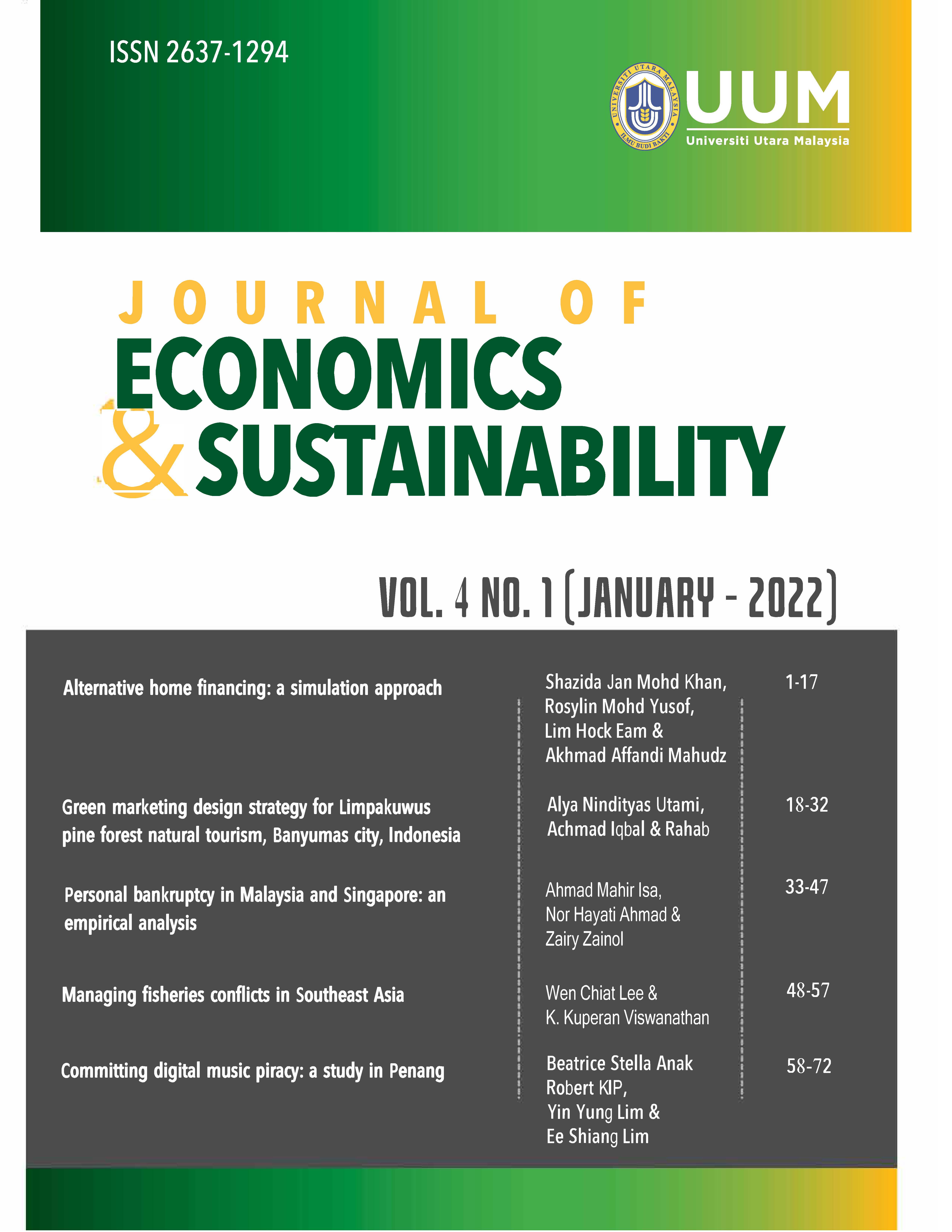Green Marketing Design Strategy For Limpakuwus Pine Forest Natural Tourism, Banyumas City, Indonesia
Main Article Content
Abstract
The tourism industry can increase society’s standard of living and the nation’s economy. However, it also can harm the natural resources and environment. One of the tourism projects that can be developed in Banyumas City is the Limpakuwus Pine Forest Natural Tourism. Environment quality must be maintained in natural tourism areas by applying the concept of green tourism through a green marketing strategy. The purpose of this research is as follows: (1) to analyse the 7P marketing mix, (2) formulate a green marketing strategy, and (3) analyse green marketing strategy priority according to the stakeholders. The present study used qualitative and quantitative methods (mix method). Data were collected through observation and interviews. The analytical methods used were the 7P’s of marketing mix, the STP method, and the exponential comparison method. The results indicate that Limpakuwus Pine Natural Tourism has not implemented the marketing of the environmentally friendly project. The caretaker wants to make the Limpakuwus Pine Natural Tourism family tourism with natural scenery. The stakeholder’s priority strategy is “1st Strategy (Indicator of Product)”. The green marketing strategy can be effective with a good synergy between the stakeholders.
Metrics
Article Details

This work is licensed under a Creative Commons Attribution 4.0 International License.

